Did you know that the light emitted by electronic devices such as iPads and iPhones can lead to sleepless nights? Sleep specialist Daniel Lewin discusses the connection between using electronic devices at bedtime and sleep patterns, and offers advice on how to reduce your kid’s use of these devices at night.
Do tablets and e-readers really harm sleep?
There are at least three reasons why tablets and e-readers can result in delayed and disrupted sleep:
- The light from these devices can result in later fall-asleep times and shorter amounts of sleep. Light, even at low levels, resets a clock-like center of the brain and delays biological processes that prepare us for sleep. This is particularly problematic for teens and young adults who have a biologically-based tendency to go to bed later and wake up later.
- High interest and high reward content directly competes with sleep because it keeps kids engaged and hooked in. It’s easy to stay up later, lose track of time and prioritize high reward activity over sleep.
- Most of these devices make noises, such as message and update alerts, which disrupt sleep.
What is the effect of light-emitting devices on the body?
When light enters the eyes, it passes through a small part of the brain that serves as a central biological clock. That clock coordinates sleep-wake states and many other critical functions of the body and brain.
“Depending on the time of day that we are exposed to light, this center of the brain can either start or shut down the sleep initiation process,” explains Dr. Lewin. “Bright light in the morning will tend to advance the sleep period and bright light at night will delay the sleep period. Dim light within an hour of bedtime actually helps with the sleep initiation process. In general, light plays a critical role in the regulation of circadian rhythms.”
Keep all electronic devices out of bedrooms
Ideally, you should not allow electronic devices in your kid’s bedroom. If you can’t do this, then significantly limit their use within an hour of bedtime.
“Try it for a week and see if makes a difference,” says Dr. Lewin. “Challenge your children to get their whole social network to try the same experiment together. That way no one feels like they are missing out on important communications.
“If these devices are going to be used at night, there is some evidence that blocking blue spectrum light may result in less of an impact on the circadian and sleep/wake regulation system,” adds Dr. Lewin.
Parents should also set an example by putting away their own devices when spending time with children.
Establish a sleep schedule
“To improve overall sleep health, establish a regular sleep wake schedule that changes less than 30 minutes on weekdays,” says Dr. Lewin. “On weekends, fall asleep and sleep-in time should not differ from school nights more than 1.5 to 2 hours. Large shifts in daily and sleep cycles have been called ‘social jetlag’ and can pose a significant problem for children in all age groups, but particularly teens.”
Dr. Lewin adds that school-aged children should not need to take long naps during the day. If they have difficulty staying awake, they may be getting insufficient sleep or have a sleep disorder.
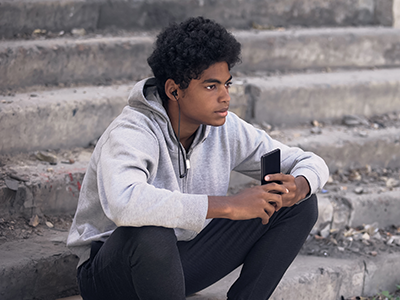 https://riseandshine.childrensnational.org/wp-content/uploads/2023/10/Depressed-black-college-student-feature.png
300
400
Rise and Shine
https://riseandshine.childrensnational.org/wp-content/uploads/2017/11/childrens_riseandshine_logo.jpg
Rise and Shine2023-10-31 17:13:182023-10-31 17:18:24What you can do about viral videos of race-based violence that harm teens
https://riseandshine.childrensnational.org/wp-content/uploads/2023/10/Depressed-black-college-student-feature.png
300
400
Rise and Shine
https://riseandshine.childrensnational.org/wp-content/uploads/2017/11/childrens_riseandshine_logo.jpg
Rise and Shine2023-10-31 17:13:182023-10-31 17:18:24What you can do about viral videos of race-based violence that harm teens


 Daniel S. Lewin, PhD, DABSM is a pediatric psychologist, sleep specialist and licensed clinical psychologist. He is Board Certified in Sleep Medicine and Behavioral Sleep Medicine.
Daniel S. Lewin, PhD, DABSM is a pediatric psychologist, sleep specialist and licensed clinical psychologist. He is Board Certified in Sleep Medicine and Behavioral Sleep Medicine.
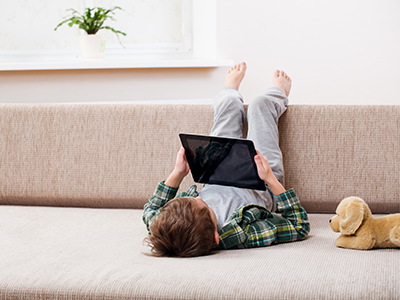
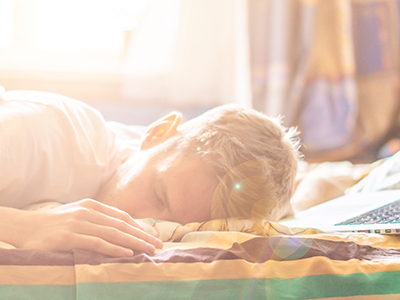
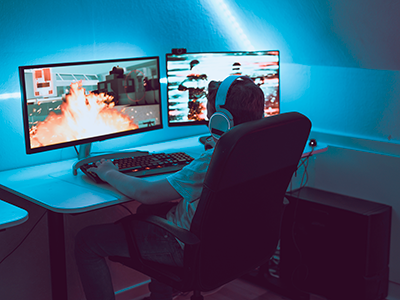
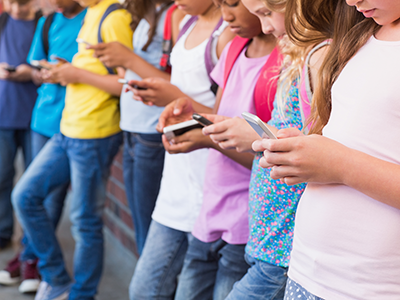
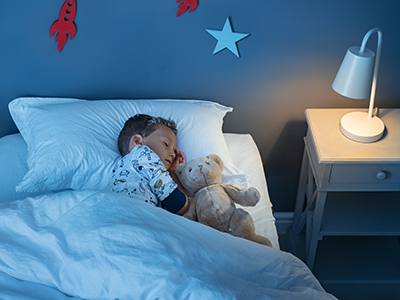
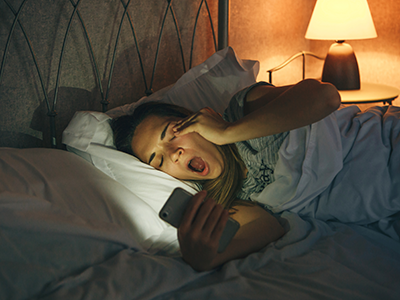
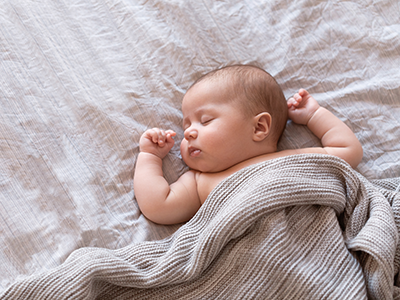
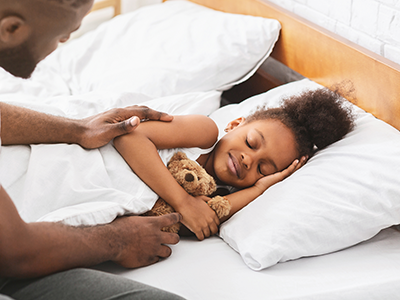
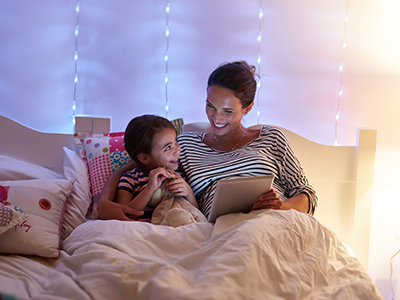
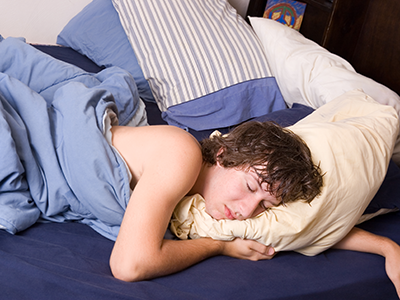
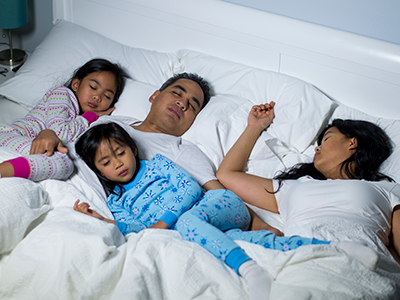
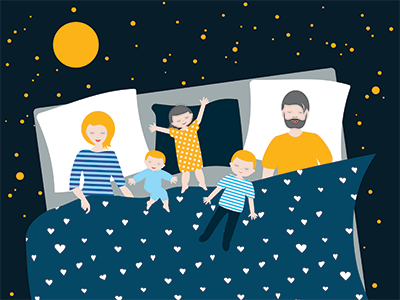
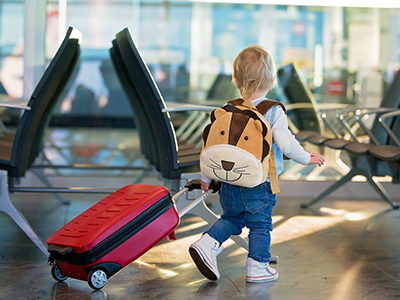
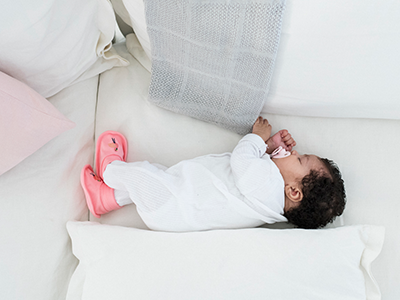
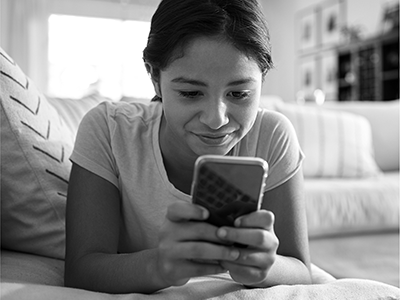
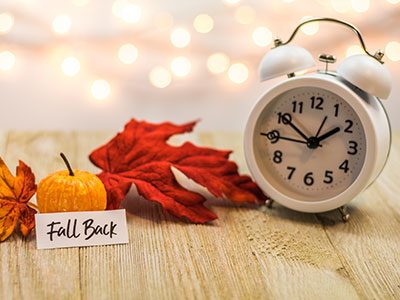
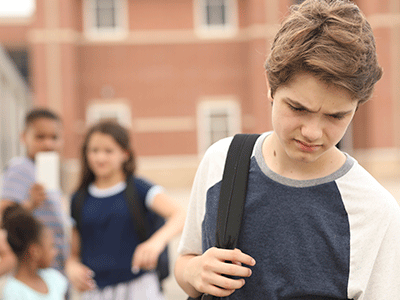
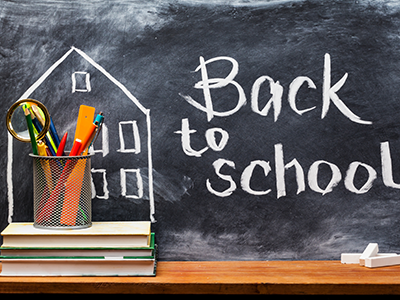
Leave a Comment
Want to join the discussion?Feel free to contribute!